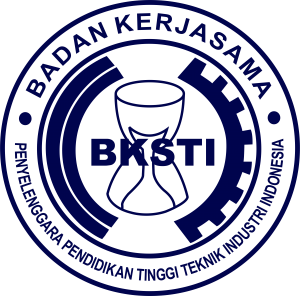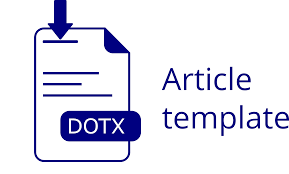PENJADWALAN MESIN DENGAN MENGGUNAKAN ALGORITMA JADWAL NON-DELAY DI PT. SNN SEKSI WORKSHOP
DOI:
https://doi.org/10.37090/indstrk.v5i1.358Keywords:
Completion time, Non-Delay Method, Production schedulingAbstract
Production scheduling is the most important part in carrying out the production process that will be carried out on a production floor. Scheduling activities are carried out before the production process begins to ensure the smooth running of the production process. If the production scheduling is not done properly, there will be obstacles in the production process and will cause losses to the company. This study aims to determine the production machine scheduling in a company engaged in the manufacture of spare parts for automotive products. This company implements a job shop production process and uses the First In First Out method in completing its work. Due to the large number of products that have to be produced, there are often two or more products that must be worked on at the same time and machine. This condition causes some products to have to wait for the associated machine to finish operating and causes long product turnaround times. This problem is solved by making a production machine scheduling using the Non-Delay method. By applying this method, the makespan of completion time can be minimized.
Downloads
References
Baker, K.R. (1974) Introduction to Sequencing and Scheduling, John Wiley & Sons, Inc., New York.
Bedworth,D.D., Bailey,J.E.(1987) Integrated Production Control Systems; Management, Analysis, Design, 2nd ed, John Wiley & Sons, New York.
Elsayed, E.A., Boucher, T.O. (1994) Analysis dan Control of Production Systems, 2nd ed, Prentice Hall International Inc., Englewood Cliffs, New Jersey.
French, S., Phill, D. (1982) Sequencing and Scheduling: An Introduction to the Mathematics of the Job-Shop, Ellis Horwood Limited, Chichester.
Fogarthy, D.W., Blackstone, J.H., Hoffmann, T.R. (1991) Production and Inventory Management, South Western Pub.Co.
Downloads
Published
Issue
Section
License
Copyright (c) 2021 Inna Kholidasari

This work is licensed under a Creative Commons Attribution 4.0 International License.









